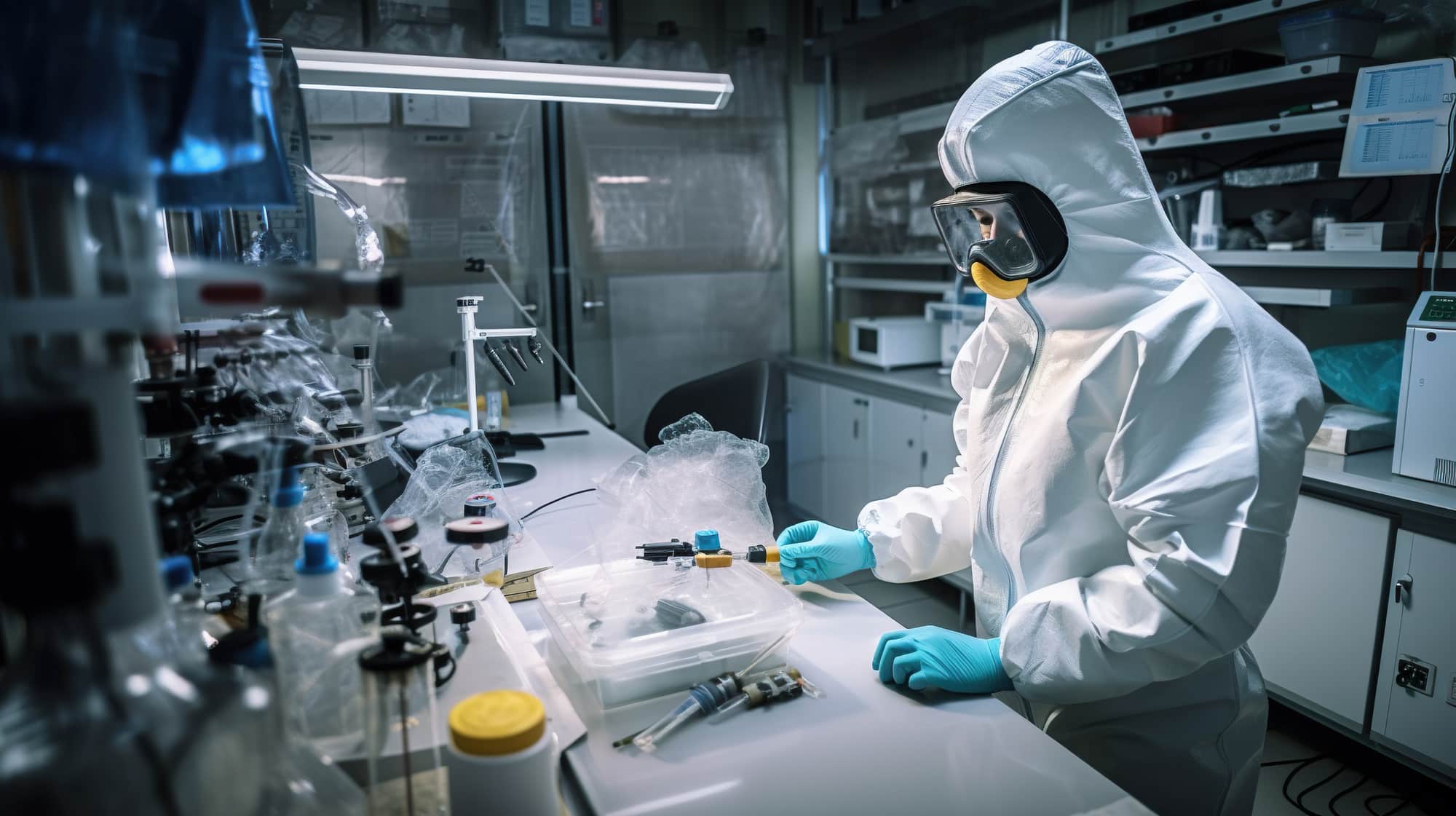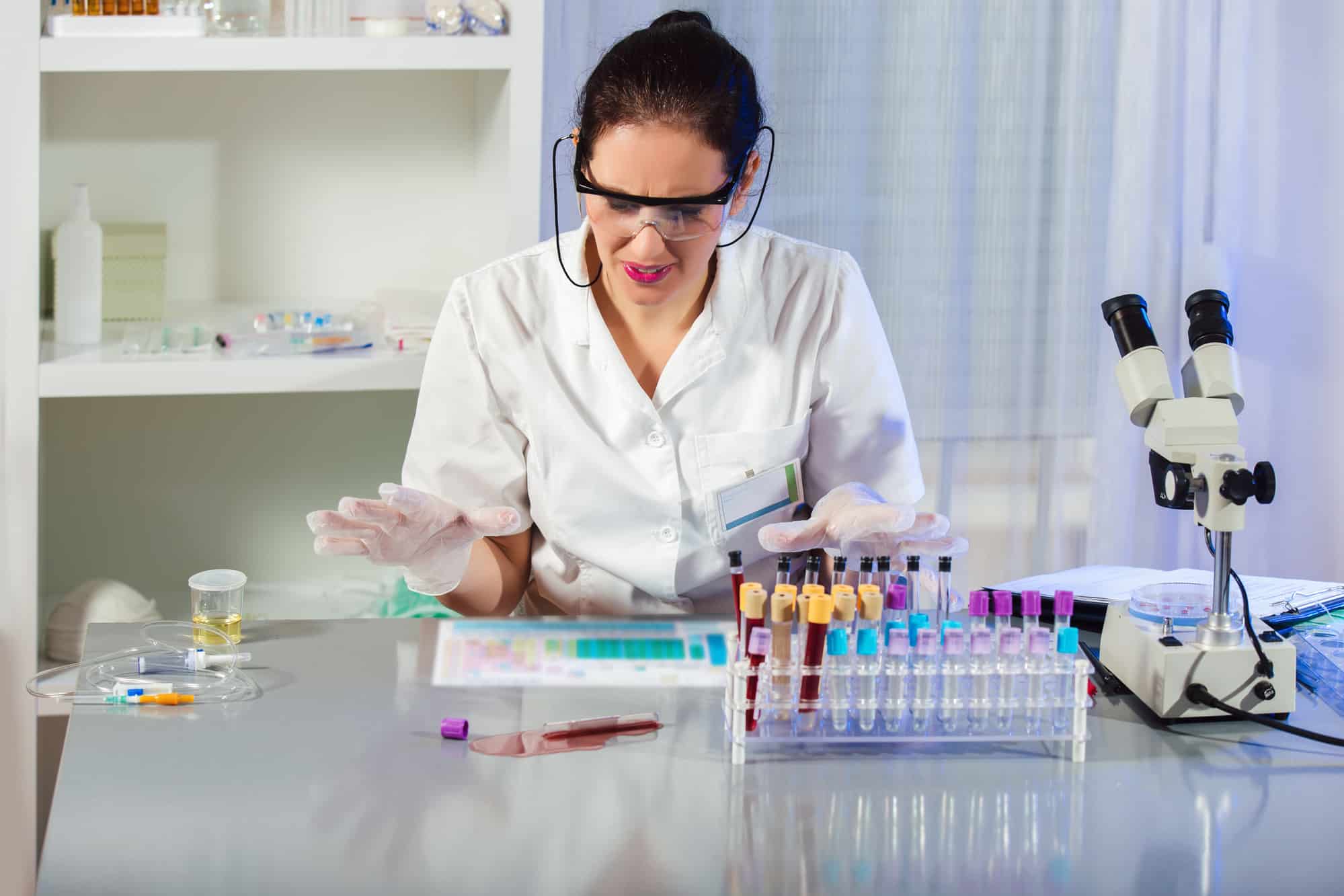A laboratory teeming with curious minds, sophisticated equipment, and delicate processes demands a meticulous approach toward safety. Furthermore, researchers owe it to themselves and their colleagues to create a safe working environment to protect each other and the integrity of their research.
Creating a safe and secure environment in such a setting is thus paramount to maintaining human health and ensuring accurate scientific output. The United States Department of Labor reiterates that federal law entitles you to have a safe workplace free from general health and safety hazards.
Although there are laws like the Occupational Safety and Health Act of 1970 that govern safety regulations, everyone can do their part. To find out how to follow the rules while keeping your staff safe, continue reading here for indispensable safety practices to forestall lab accidents:
1. Comprehensive Understanding Of The Lab Environment
Foremost in this safety crusade is achieving an intimate understanding of your laboratory setting. Comprehending the distinct dynamics of your workspace, including its equipment, chemicals, and general operational procedures, will equip you to predict and mitigate potential risks.
For example, laboratories working with infectious agents like microbiological, toxicological, or biomedical samples may need a biosafety cabinet. When you understand your laboratory environment, you can include more of the necessary safety practices.
2. Consistent Safety Training Sessions
An investment in safety training pays the best interest. Frequent, detailed safety instructions for all lab inhabitants ensure that preventive measures become second nature. Consequently, in a safe lab, everyone supports their actions with a sound understanding of potential hazards and ways to mitigate them.
Additionally, the Centers for Disease Control (CDC) agrees that injuries like needlesticks are preventable with proper training and awareness in the laboratory.
3. Adequate Utilization Of Personal Protective Equipment (PPE)
Consider your PPE as your defense against laboratory hazards. From lab coats to safety goggles, the correct PPE can dramatically reduce the chances of injuries. However, remember to choose your protective gear wisely based on the specific task.
Laboratories working with infectious substances may also need additional gear like coveralls, protective shoe coverings, face masks or shields, and disposable gloves. All these pieces of equipment together form a solid barrier to keep out unwanted elements like viruses and bacteria.
4. Proper Management And Storing Of Chemicals
Chemicals pose various risks, including reactivity, toxicity, and even environmental harm if disposed of incorrectly. Furthermore, staff should use them in well-ventilated spaces, store them according to their Material Safety Data Sheet (MSDS) guidelines, and responsibly discard chemical waste.
In an article for the National Library of Medicine, they state that there is a legal framework for disposing of hazardous chemicals. After all, chemicals could cause occupational injuries, affect human health, or severely impact the environment.
5. Maintenance Of Order And Cleanliness
An organized, clean lab could equate to a safe lab. Timely disposal of used equipment and chemicals can prevent accidental mishaps. Plus, easy access to exits and safety equipment can prove lifesaving during emergencies.
Thus, it could mean regular cleaning and reorganizing to keep workspaces and emergency exits free from clutter and blockages. Not to mention how it could prevent various types of workplace injuries, like those from trip and fall accidents.
6. Regular Equipment Servicing
Scheduled maintenance of lab equipment minimizes the risk of unexpected malfunctions leading to accidents. Also, it assures accurate results and safe usage through proper equipment calibration and regular servicing.
Researchers, lab technicians, medical professionals, and their patients can all look forward to improved results and faster turnaround times.
7. Adherence To Safe Lab Techniques And Procedures
Sticking to established procedures is non-negotiable in a lab setting. Unanticipated results and dangerous incidents can be side-stepped by following recommended techniques and protocols. Moreover, it is the responsibility of management to enforce strict safety protocols.
Reminders in the form of signage or refresher training could keep staff on top of safety practices. However, a fresh pair of trained eyes in the form of a health and safety consultant could identify, rectify, and advise on any parts of the workplace that may still need improvement.
8. Open And Honest Communication
Fostering a culture of transparency encourages lab users to voice safety concerns without hesitation—quick identification and resolution of hazards become possible. More importantly, the federal law mentioned earlier protects workers from retaliation when they speak out about their unsafe work environment.
Before facing legal consequences, it is important to discuss any safety issues directly with staff. Their input could be the difference between a safe or disastrous laboratory area.
9. Preparedness For Emergency Scenarios
Being equipped to respond swiftly during emergencies can make all the difference. Familiarize yourself with the location and operation of safety gear, such as fire extinguishers, first-aid kits, and eye-wash stations. For this reason, regular emergency drills can also boost your preparedness.
10. Incident Reporting And Learning
Reporting even minor incidents can unearth hidden risks. By analyzing these situations and taking corrective measures, you can pre-empt more significant accidents in the future. Hence, documenting, reporting, analyzing, and implementing the necessary changes after these minor health and safety issues are essential.
Conclusion

A commitment to safety in the laboratory isn’t an act but a habit. You can significantly minimize or eliminate the likelihood of accidents by ingraining these ten safety practices into your daily lab life. Remember, safety should always precede scientific curiosity.

